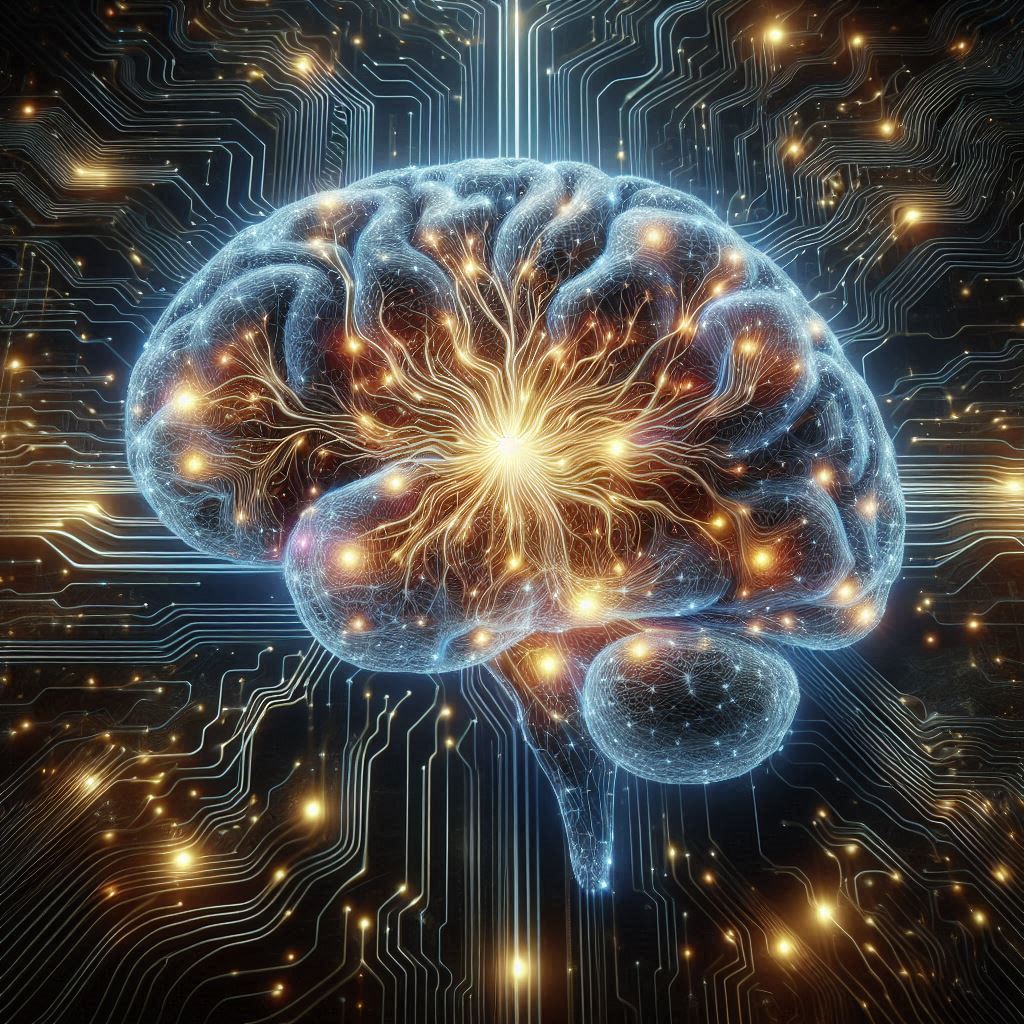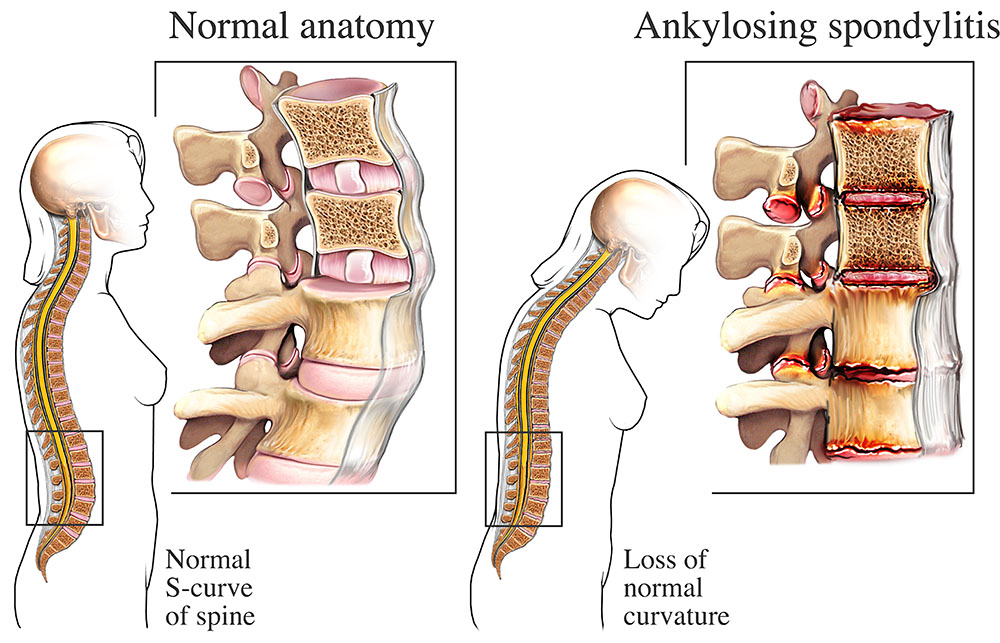Memory is not just a recording of our experiences—it is a living process, constantly shaped, strengthened, and stabilized by the brain’s intricate wiring. A new study led by researchers at NYU Langone Health has uncovered how specific brain circuits make memories more stable during learning, providing a crucial piece to one of neuroscience’s most enduring puzzles: how we remember with precision even as the world around us changes.
Published in Science, the research reveals that signaling between two key brain regions—the entorhinal cortex and the CA3 region of the hippocampus—plays a vital role in stabilizing memory maps. These brain maps help animals, including humans, understand where they are, navigate their surroundings, and recall important experiences. The discovery brings scientists a step closer to understanding how the brain balances learning new information with preserving what it already knows.
The Memory Circuit: A Dialogue Between Brain Regions
To understand the findings, it helps to look at how memory is organized in the brain. The hippocampus—a seahorse-shaped structure buried deep within the brain—is known as the center of memory and navigation. It creates “place maps,” neural representations that help an organism recognize familiar environments and locate important cues, such as where food, safety, or danger might be found.
The entorhinal cortex acts as the gateway to this system. It receives sensory information from across the brain and feeds it into the hippocampus. Together, these two regions—entorhinal cortex and hippocampus—form a communication loop that allows the brain to encode experiences into long-lasting memories.
In the new study, researchers found that the stability of these memory maps depends on precise coordination between excitatory and inhibitory signals sent from the lateral entorhinal cortex (LEC) to the CA3 region of the hippocampus. When these signals work together properly, they help “lock in” memories, allowing for reliable recall later—even when the environment changes slightly.
The Science Behind Stability: Excitation and Inhibition in Balance
The human brain is composed of billions of neurons that communicate through tiny electrical and chemical signals. When a neuron fires, it sends an electrical charge down its extensions, releasing neurotransmitters that cross to neighboring neurons. These chemical messengers can either excite the next neuron, making it more likely to fire, or inhibit it, keeping its activity in check.
This delicate balance between excitation and inhibition is crucial for stable brain function. Too much excitation leads to chaos and noise; too much inhibition suppresses thought and learning. In a resting state, the brain maintains this balance to preserve stability. But during learning, the brain temporarily shifts that balance, boosting excitation to encode new information.
What the NYU Langone team discovered is that during learning, two types of long-range projections from the entorhinal cortex—the excitatory glutamatergic (LECGLU) and the inhibitory GABAergic (LECGABA) connections—work in harmony to fine-tune this balance in the CA3 region.
The LECGLU pathway excites neurons in CA3, stimulating activity that helps form memory traces. At the same time, it activates local inhibitory neurons that control and sharpen this activity. Meanwhile, the LECGABA pathway reduces some of that inhibition, allowing the CA3 neurons to remain active long enough to form stable connections.
In essence, the two systems act like partners in a dance—one pushing, the other pulling—to sculpt precise patterns of neural firing that encode the details of a memory while keeping it stable and resistant to distortion.
Why Stability Matters for Memory
Our memories are rarely perfect reproductions of the past. They are reconstructions, built from fragments of stored information each time we recall them. Yet, for memories to guide our behavior effectively, they must be stable enough to remain accurate despite changes in context.
For instance, you can recognize your living room even if you rearrange the furniture or turn off the lights. Your brain accomplishes this by maintaining stable “place maps” that help you recognize familiar spaces under different conditions. The CA3 region of the hippocampus plays a central role in this process by linking partial cues to complete memories—a mechanism known as pattern completion.
If CA3 circuitry becomes unstable, the brain may confuse one context for another. A loud bang on New Year’s Eve might trigger fear in a combat veteran whose brain misinterprets the sound as an explosion. Such misfires in the memory system are thought to underlie symptoms of post-traumatic stress disorder (PTSD) and schizophrenia, conditions in which the precision and stability of memories are disrupted.
“Our study, by focusing on the stability of hippocampal representations, fills in a substantial gap in the understanding of how long-range inputs control neuronal circuits essential for memory recall,” said Dr. Jayeeta Basu, senior author of the study and assistant professor of Psychiatry and Neuroscience at NYU Langone Health.
By identifying the mechanisms that stabilize memory circuits, Basu and her team hope to lay the groundwork for new treatments targeting disorders where these mechanisms go awry.
When Learning Reshapes the Brain
Every time we learn something new, the brain subtly rewires itself. Repeated patterns of neural activity strengthen connections between neurons, forming what neuroscientists call “memory traces” or “engrams.” These traces represent the physical foundation of memory.
In the new study, the researchers observed that repeated activity within the entorhinal-hippocampal circuit helped stabilize these traces, turning temporary experiences into lasting memories. The interplay between excitation and inhibition wasn’t random—it was carefully orchestrated to ensure that memories remained flexible enough to incorporate new information, yet stable enough to resist interference.
Vincent Robert, Ph.D., the study’s first author and a postdoctoral scholar in Basu’s lab, described this dynamic as a balancing act. “This work dissected the mechanism whereby the brain boosts excitation of brain cells to pay more attention to certain sensory information by dialing down inhibition in key microcircuits,” he said.
In simpler terms, when something important happens—say, discovering where food is hidden or remembering a safe path through a maze—the brain gives that information priority by amplifying its signal. The entorhinal-CA3 circuit ensures that the new information is encoded in a way that meshes with existing memories rather than overwriting them.
From Mice to Minds: Why This Research Matters
The experiments were conducted in mice, whose hippocampal circuits are strikingly similar to those of humans. By decoding how these circuits work, scientists can gain valuable insight into how our own brains learn and remember.
Memory is not a single process but a series of stages: encoding (forming a memory), consolidation (stabilizing it), and retrieval (recalling it). The entorhinal-CA3 pathway appears to play a crucial role during the transition from encoding to consolidation—the moment when fleeting experiences become part of long-term memory.
The findings may eventually inform treatments for memory-related disorders. Conditions like Alzheimer’s disease, schizophrenia, and PTSD involve disruptions in hippocampal function and the breakdown of stable memory circuits. Understanding how excitation and inhibition interact in these regions could inspire new therapies that restore balance and improve cognitive function.
Dr. Basu’s work, supported by the Institute for Translational Neuroscience at NYU Langone Health, is part of a growing effort to bridge basic neuroscience with clinical application. By mapping the fine details of memory circuits, researchers hope to identify precise molecular or electrical targets for intervention—moving beyond broad approaches like medication toward tailored therapies that directly modulate neural activity.
The Beauty and Complexity of Memory
Memory is one of the most mysterious and defining features of the human mind. It shapes who we are—our identities, habits, fears, and dreams are all products of what we remember. Yet, as this study shows, memory is not a fixed archive but a dynamic process that depends on the constant conversation between brain regions.
Every thought, every recollection, is the product of billions of neurons firing in synchrony, fine-tuned by delicate feedback loops of excitation and inhibition. The entorhinal cortex and hippocampus form one of the brain’s most essential partnerships—a system that transforms the chaos of sensory input into coherent, lasting knowledge.
The discovery that these long-range circuits actively stabilize memory representations adds a new layer to our understanding of how the brain learns. It suggests that remembering is not just about holding onto the past—it’s about maintaining balance, allowing us to adapt and navigate the ever-changing present.
Toward a Deeper Understanding of the Brain
For scientists like Basu and her team, unraveling these neural networks is about more than solving a scientific puzzle—it’s about bringing hope. Every insight into how memory works could lead to better ways to treat mental illness, dementia, and trauma.
By revealing the hidden architecture of memory stability, this study underscores the extraordinary precision of the brain’s design. It shows that learning is not simply about absorbing information, but about sculpting experience into the neural fabric of who we are.
In the intricate dance of excitation and inhibition, the brain finds its rhythm—a balance that keeps memories alive, connects past and present, and allows us to carry our stories forward through time.
More information: Vincent Robert et al, Cortical glutamatergic and GABAergic inputs support learning-driven hippocampal stability, Science (2025). DOI: 10.1126/science.adn0623. www.science.org/doi/10.1126/science.adn0623






